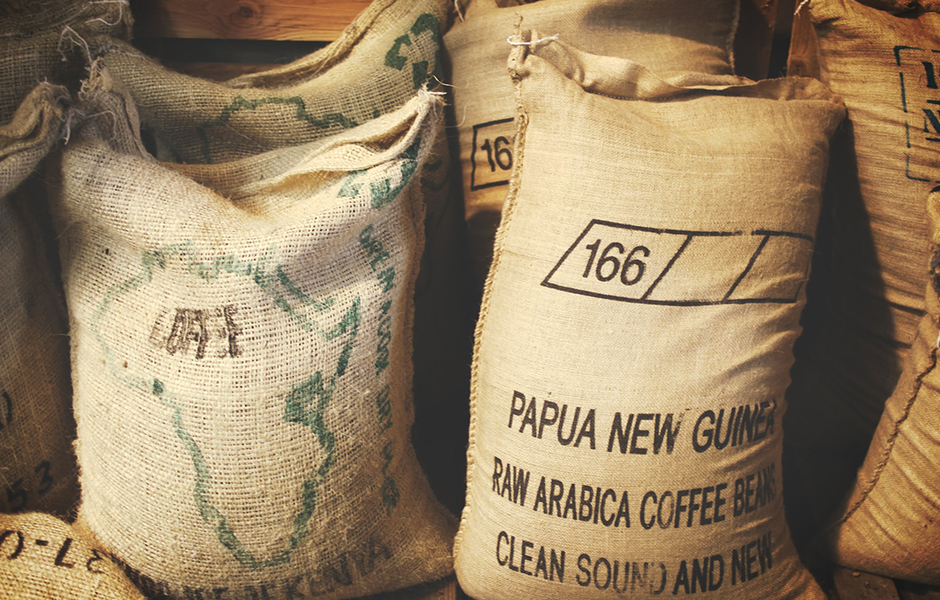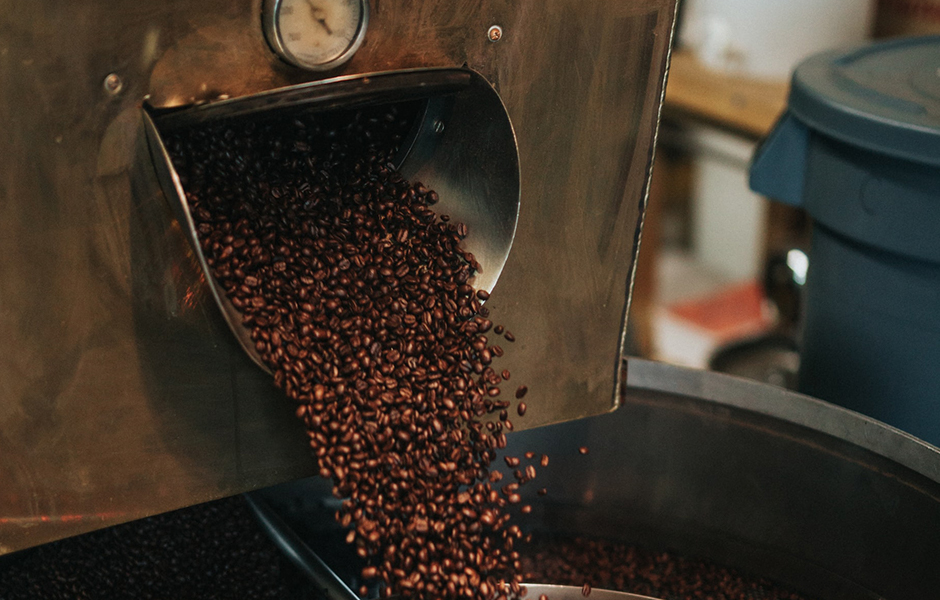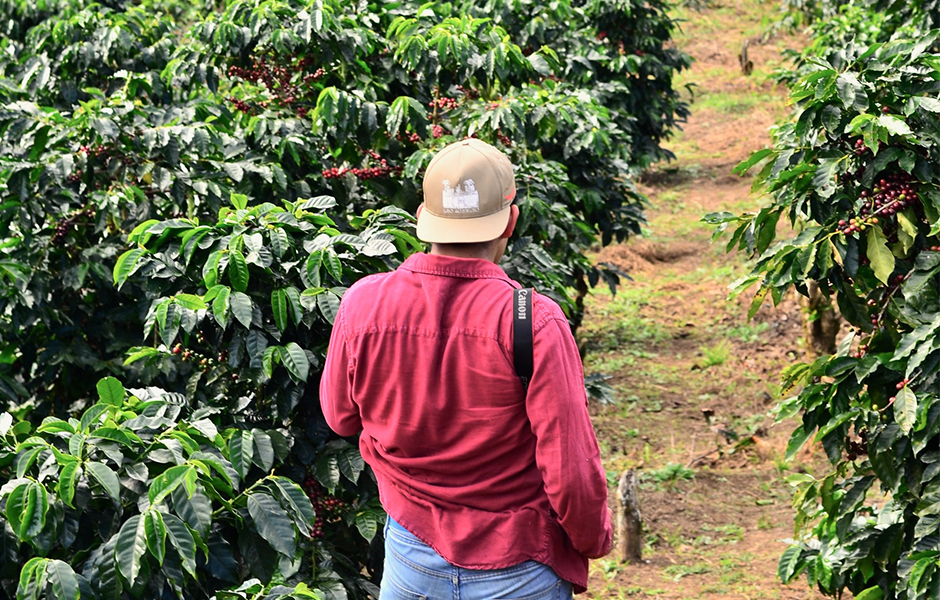Over the last 70 years, global consumer demand for coffee has proliferated. This transformation certainly didn’t happen overnight, so what’s the story behind coffee’s meteoric growth?
Like many cultural evolutions before, history buffs have a tendency to refer to key stages of transformation as “waves”. Think of the industrial revolution, for instance.
We’re no strangers to the history of coffee, looking into the history of manual brewing methods before as well. Third wave coffee is a phrase thrown around in the coffee industry. But what exactly is it?
The First Wave
The first wave of coffee began in the 1800s, coinciding with the first wave of the industrial revolution, which facilitated a global increase in mass-produced consumable goods.
Up until this point, coffee was only consumed by the elite, being seen as a luxury of the privileged. The first wave of coffee marked coffee becoming more widely affordable and accessible to the general public, being stocked in supermarkets around the world by companies such as Folgers and Maxwell House. Nescafe soon joined the picture, making coffee more widely available at an affordable price point for many families. Spurred on during WW2 as an army ration, Nescafe coffee grew in popularity and by 1950 was the most popular ‘instant’ coffee in the world.
Despite its international popularity, consumers didn’t pay too much attention to their coffee’s place of origin. The commercial focus was on keeping prices low and taste consistent.

The Second Wave
The second wave came when consumers began questioning what was in their cup of coffee. The second wave signified a shift in the importance of quality for consumers, as opposed to quantity at the expense of quality.
Companies such as Starbucks began to put an emphasis on the quality of their coffee and the ability to inform the customer of exactly where their coffee had been grown and sourced from. This led to a boom in the coffee-shop culture, which allowed for casual socialisation outside of the office/home environment. Such scenes were depicted in fan favourite TV shows, such as ‘Friends’.
Whilst the first wave had been dominated by instant and frozen coffee, the second wave introduced the coffee market to streamed milk and espresso. Local cafes and coffee shops began to specialise in the creation of lattes, cappuccinos and mochas, which drew people in.

The Third Wave
The movement began in the 1990’s, when the “big guy” vs “little guy” split in coffee culture started forcing customers to reflect on where and who was growing their coffee, as opposed to how it was made.
In the third wave, consumers began to value the intricacies of coffees many origins and flavours, often witling their choice down to a single farm, where even the owners name may be known.
Independent cafes, coffee shops and roasters grew in popularity, as consumers sought after new, unique coffee tasting experiences. At this level, the consumer was directly aware and concerned with the entire supply chain involved in the creation of their cup of coffee, interested in the economical and environmental sustainability of the coffee produced.
Key Features of the Third Wave
Coffee quality, direct and fair trade, sustainability, and unique brewing methods are all qualities of third wave coffee. Complexity and distinctiveness were actively pursued over price and convenience.
Whilst specialty coffee will offer an incomparable taste to supermarket coffee, this is only 20% of the value offered. Specialty coffee is an experience for the consumer – a combination of education, knowledge, and hospitality.

Will There Be a Fourth Wave?
As much as “third wave” grew in popularity as a term used to describe speciality coffee, “fourth wave” coffee is now being used as a buzzword amongst some coffee enthusiasts.
As time goes on, we can expect the trend towards higher quality, ethically sourced coffee to continue far into the future. However, some commentators suggest that the fourth wave would “be the highest end movement on speciality levels”. The fourth wave could focus on the scientific aspects of coffee bean growth, altering soil, genetically modifying coffee plants and even coffee beans themselves.
As coffee lovers, we’ve here to embrace our industries changes, no matter what happens.
Let us know what you think the fourth wave of coffee may entail, by tagging our social media handle @NationwideCoffee.



